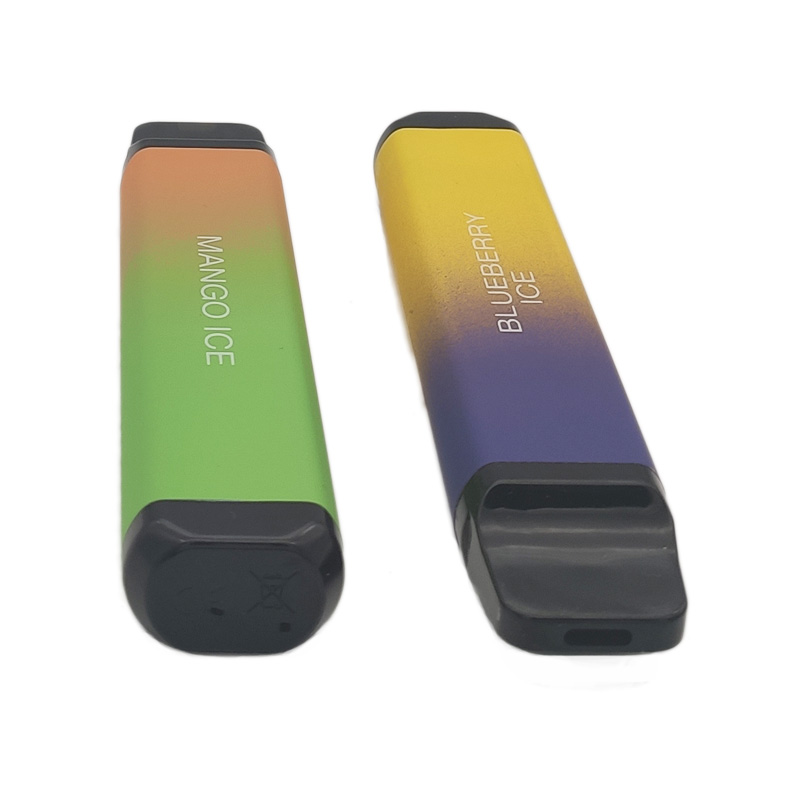e-liquid harmless experiment
Is e-liquid harmful? Many people think that e-liquid is a chemical that is harmful, some people think that e-liquid contains nicotine, so it is harmful, and others think that e-liquid is originally harmless, but it is harmful after heating. Opinions on whether -liquid is harmful or not are very inconsistent.

At the 315 party the year before last, it was revealed that vape smog contained formaldehyde, which gave e-liquid the upper hand, and the entire vape industry was shaken for a while. However, the party did not specify what brand of vape the product in question was. Without a reference, major vape and e-liquid manufacturers can only check themselves.
Soon, the reason why vape produced formaldehyde was found. It can be seen that the safety of vape and e-liquid is very concerned by vape enterprises. The self-examination results of vape and e-liquid companies are: the main dissolving agents in vape are glycerol and propylene glycol. At high temperature, these two substances will produce a cracking reaction to form formaldehyde. Formaldehyde will be released when the temperature is above 400°, which means that the vape with large smoke is not safe. The higher the temperature and the greater the smoke, the more formaldehyde is produced.
From the rapid response of the vape industry, we can know that vape companies are very concerned about the safety of vape, and whenever there is an announcement about the insecurity of vape, the vape industry will respond quickly and put the safety of users first.
The raw materials of e-liquid can be eaten directly except nicotine, and the safety before atomization is unquestionable. Then the unsafe vape should be in the process of heating and atomization. As long as the atomization process is optimized, the hazard of vape will inevitably decrease or even disappear.
For the safety of e-liquid, we can refer to the following authoritative experiments. According to the "ASPET" magazine, scientists put orangutans and mice in high concentrations of glycerin and propylene glycol vapor for 12 to 18 months. Animal experiments , and an equal number of reference comparison samples were prepared. The same method was used to test the health effects of direct ingestion of glycerol and propylene glycol. In swallow experiments, animals were given doses 50 to 700 times the glycerol and propylene glycol doses ingested by breathing.
In the development speed, blood cell count, urine test, renal function test, fertility and other indicators, the test results of the test group and the control group showed no essential difference between them, the only difference was that the mice were treated with propylene glycol vapor. consistently showed higher body weight. The orangutan's facial skin was somewhat dry after being exposed to the highly saturated steam of glycerin for several months. However, this disappears when the vapor concentration falls below saturation.
The necropsy did not find any difference between the animals in the experimental group and the animals in the reference group, and the lung examination did not find any global and local irritation to the lungs of the animals by glycerol and propylene glycol vapors. The kidneys, liver, spleen and bone marrow of the experimental group animals were examined. also show normal.
In fact, there has been no case of human disease caused by exposure to glycerin and propylene glycol vapors so far. The above experiments have proved that long-term exposure to saturated vapors of glycerol and propylene glycol is harmless. However, e-liquid does not contain only glycerin and propylene glycol. Propylene glycol, which also contains flavors and other additives, so the above experiment does not prove that e-liquid is harmless, but it also shows that the safety of e-liquid can be improved. After all, glycerin and propylene glycol are the most important parts of e-liquid. It is e-liquid as long as the fragrance is added, so the safety of e-liquid has a lot of room for improvement.



 Prev:Smuggling of e-liquid is concerned
Prev:Smuggling of e-liquid is concerned Next:E-liquids without Chinese labels are banned
Next:E-liquids without Chinese labels are banned


